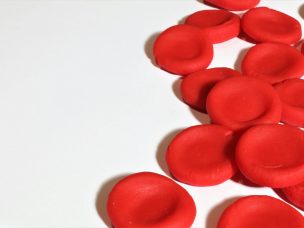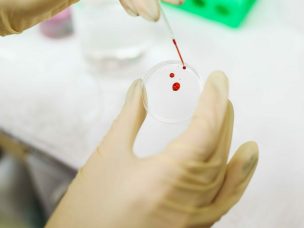Treatment with rituximab was associated with a greater incidence of serious infections in patients with cold agglutinin disease. Rituximab administration was associated with a high relapse rate and short duration of therapeutic response.
Rituximab has been used off-label for the treatment of autoimmune hemolytic anemia, including cold agglutinin disease (CAD). This retrospective observational study aimed to assess the treatment patterns, incidence of serious infections, duration of response, and relapse rate with rituximab treatment. The study findings were presented as a poster at the 65th American Society of Hematology Annual Meeting and Exposition.
Study Protocol
The study recruited adult CAD patients aged ≥18 years and comprised two cohorts. Cohort 1 included patients with CAD, and Cohort 2 included Cohort 1 patients who had received ≥1 rituximab infusion. Data pertaining to rituximab therapy patterns included the number of rituximab courses, whether monotherapy or combination therapy, the utilization of blood transfusion as rescue therapy, and the completion status of the treatment. The investigator also assessed the incidence of serious infections before and after treatment, the occurrence of relapse, and the response to rituximab.
Baseline Characteristics
Cohort 1 and Cohort 2 included 611 and 94 CAD patients, respectively. The median duration between the CAD diagnosis and beginning of rituximab treatment was 43.5 (13.0–308.3) days.
Treatment Patterns
Compared to all the CAD patients in Cohort 1, Cohort 2 patients had greater disease severity at the start of treatment. The mean number of rituximab courses for each patient was 1.45 ± 1.16. Approximately 25.5% of CAD patients had one or more incomplete courses, and 39.4% of the patients required blood transfusions for rescue therapy. Only three patients in Cohort 2 required combination therapy.
Incidence of Serious Infections
The incidence of serious infections was three times higher in Cohort 2 patients after rituximab initiation compared to the baseline incidence of serious infections.
Treatment Response and Disease Relapse
More than half of the patients in Cohort 2 had a hemoglobin response or a bilirubin response to the first course of rituximab, whereas less than half of the patients had a lactate dehydrogenase response. The median time to response in these patients was 48 (33.5–85) days, 68 (33.3–199.8) days, and 67.5 (45.3–211.3) days, respectively. The median time to relapse was 44 (13.3–90.8) days for Hb, 98.00 (29.0–257.0) days for bilirubin, and 93.00 (21.3–161.8) days for LDH.
Source
Piatek, C. (2023, December 11). A US retrospective observational study of rituximab use in cold agglutinin disease. https://ash.confex.com/ash/2023/webprogram/Paper172563.html










